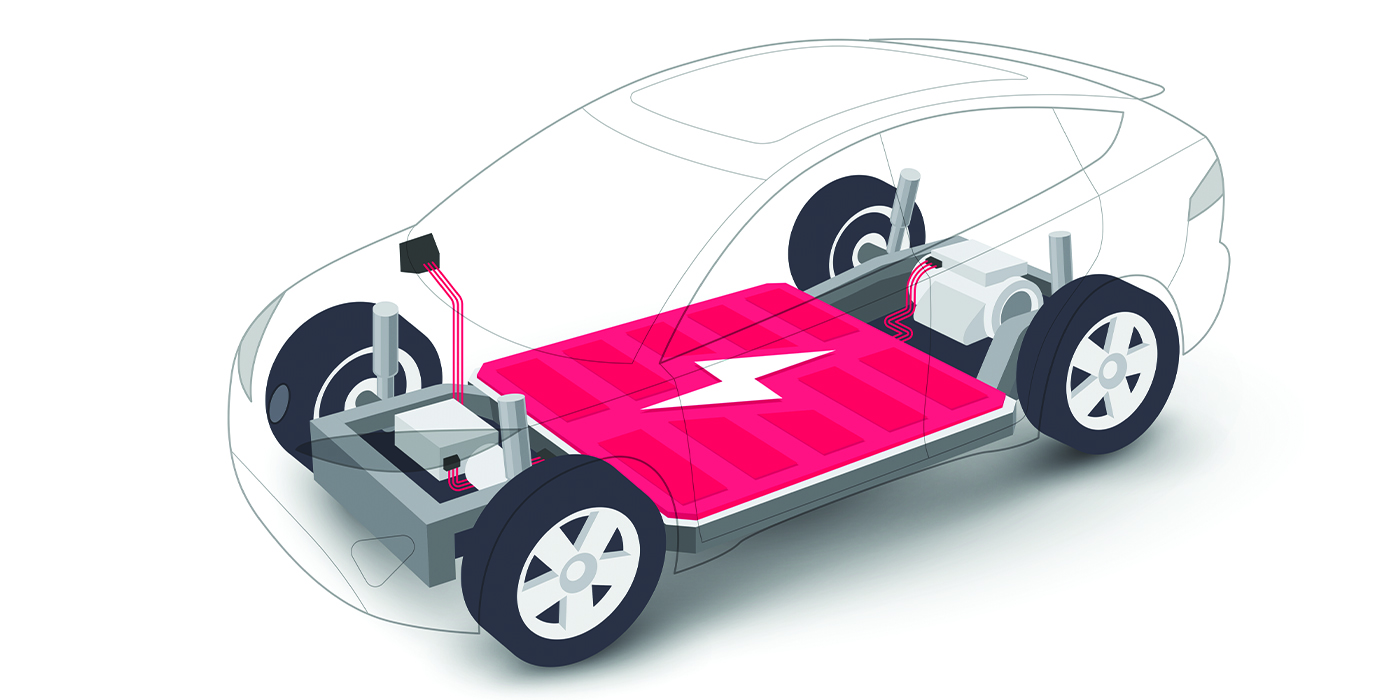Deloitte has issued a study examining what aftermarket manufacturing may look like post-pandemic. Below is an executive summary of the findings.
Key takeaways
· Demand for new industrial equipment is declining as companies focus on preserving cash and reducing capital spending.
· In response, industrial manufacturers are increasingly turning to aftermarket services as a consistent revenue source and profit stabilizer.
· Post-recovery, manufacturers who prioritize digital transformation to deliver long-term value and customer-centric outcomes may gain competitive edge.
Why this matters to manufacturers today
The COVID-19 pandemic has created unprecedented economic challenges for manufacturing businesses. A new report by Deloitte explores the opportunities for manufacturers to use aftermarket business models to stabilize business revenue during the current downturn and prepare for the next wave of growth.
The report includes data analyses from financial reports of certain major U.S. manufacturing companies as well as insights gleaned from interviews conducted with 35 North American and European manufacturing senior executives and subject matter specialists.
Aftermarket services a strategic imperative
Over the past decade, new product sales for industrial manufacturers have been declining. This trend is expected to continue as some customers defer or cancel new equipment deliveries in the wake of the pandemic. Aftermarket services has emerged as a strategic imperative for industrial manufacturers as they look to offset declines in new equipment sales, address acute and evolving customer needs and prepare for the future.
Higher margins and stable revenues
Aftermarket services are a stable revenue source, with 2.5 times greater operating margins than new equipment sales. The broad category, which includes the sale and delivery of maintenance, spare parts, and other value-added services, will likely continue to deliver over 50% of a manufacturer’s profit with an upward trend in light of COVID-19.
Key quotes
“Focusing on aftermarket services has proven to bring manufacturers consistent revenue and stabilized profits through past economic downturns. Today, adopting aftermarket services capabilities has become an imperative, not only to offset impacts from the pandemic and current downturn, but to capitalize on long-term changes in customer needs,” said Paul Wellener, vice chairman and U.S. industrial products and construction leader, Deloitte LLP. “Manufacturers that can leverage digital solutions to help ensure uptime for customers, while working closely with them to achieve targeted outcomes, should outperform peers in the long run.”
Digitalization is the bedrock for success
Digital technologies will be the key differentiator for immediate and sustainable success in aftermarket services as many customers increasingly focus on uptime. For example, remote assistance capabilities have become especially crucial for manufacturers in the wake of COVID-19, where it is difficult to dispatch field service technicians to address customers’ critical equipment needs. Sophisticated digital capabilities also play a role in enhancing other offerings, such as predictive maintenance.
Timing is everything
According to the report, now is a compelling time for manufacturers to accelerate their pivot to aftermarket services or scale them more rapidly. As factories reopen, demand for digitally-enabled service offerings, such as remote assistance and predictive maintenance, could increase. Longer term, manufacturing customers will likely demand more usage-based services, such as subscription-based pricing or pay-per-use contracts, as they remain wary of making large equipment purchases.
Transitioning requires a thoughtful approach
There is no “one-size-fits-all” approach for companies looking to transform their business. What will help differentiate best-practice leaders will be those who are able to manage their aftermarket business efficiently and engage customers continuously. To that end, the report outlines a multi-pronged approach for manufacturers to be successful in expanding into and delivering aftermarket services effectively.
For more insights on what companies should consider as they define and execute their aftermarket service strategy, read the report Aftermarket Services: Transforming Manufacturing in the Wake of the COVID-19 Pandemic.













